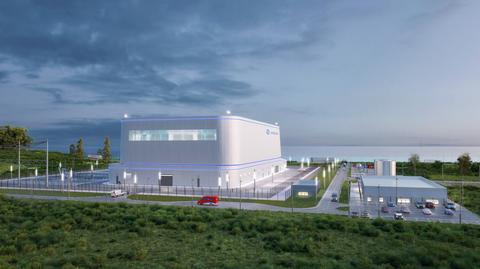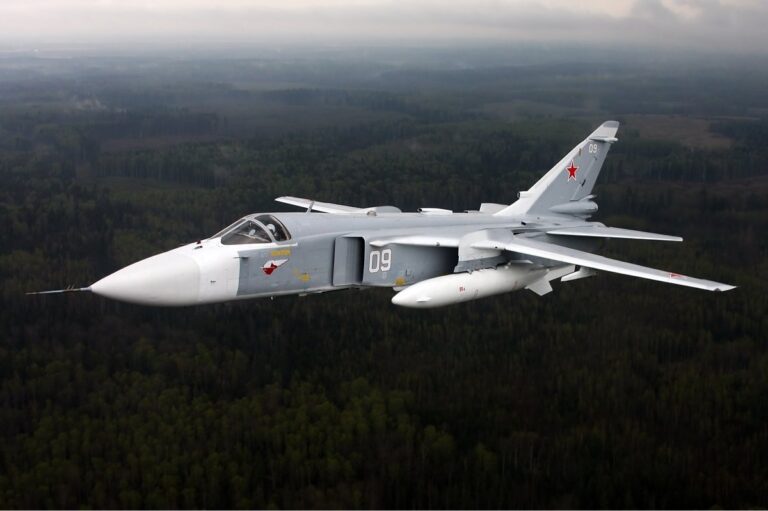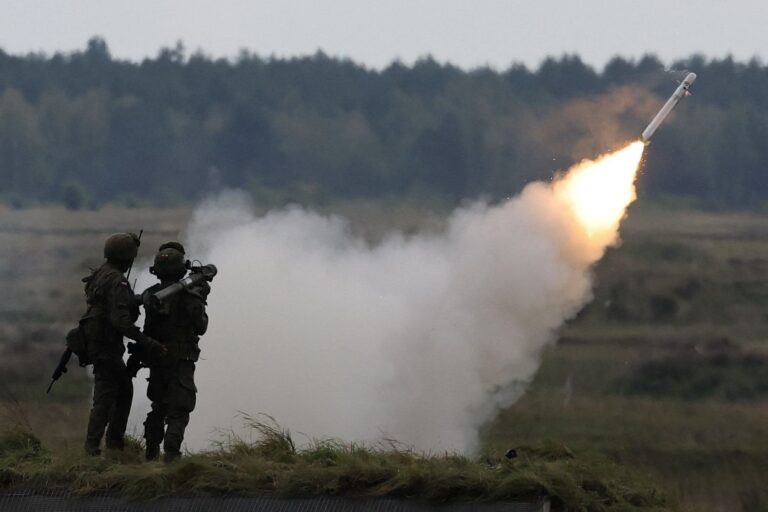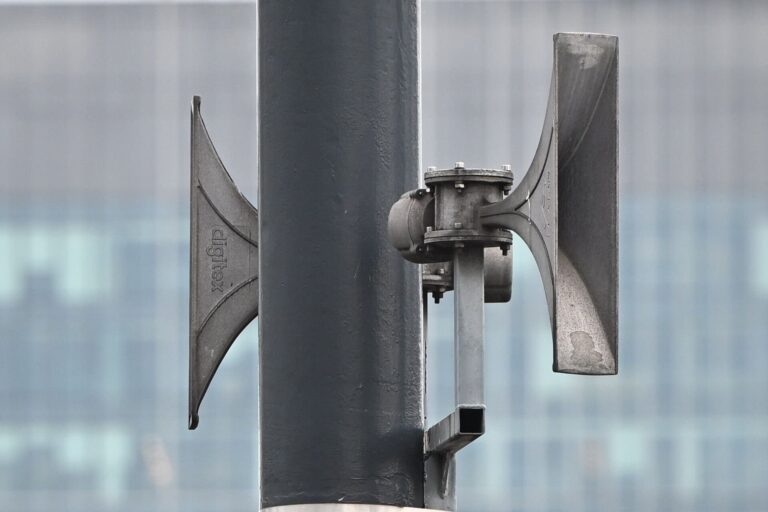Biznes Fakty
The first such investment in Europe. What is SMR?

Orlen has revealed that Poland’s first small modular nuclear power plant (SMR) will be constructed in Włocławek, marking a significant development in Europe. Here’s what you need to know about it.
„The inaugural Polish SMR nuclear power plant will be established in Włocławek,” Orlen announced on Thursday. They highlighted that the BWRX-300 reactors form part of the company’s „Energy of Tomorrow Begins Today” strategy. This plan outlines the intention to have at least two SMR units with a cumulative capacity of 0.6 GW by the year 2035.
For additional details, refer to: „Europe’s first small nuclear power plant will be constructed here.” An agreement has been reached.
What is SMR?
SMR stands for „Small Modular Reactors.” These reactors have a capacity of up to 300 MWe, which is three times less than that of a typical nuclear power plant unit. The components (modules) of SMR are produced in manufacturing facilities and subsequently transported to the project site. Additionally, not all modules need to be installed at the same time; they can be added incrementally, allowing for more flexible financing over time.
Small power plants composed of several low-capacity units also present a reduced risk of blackouts in the event of a temporary shutdown of one of the modules, such as during modernization.
Orlen assures that the SMR being built in Włocławek adheres to the same rigorous safety standards as larger power plants. Furthermore, this project occupies only 10% of the land area required for a traditional nuclear power plant. The entire setup, including the reactor, will fit within a footprint of 260 x 332 meters.
 GE Vernova’s BWRX-300 SMR design
GE Vernova’s BWRX-300 SMR designUnderground and secure
The small modular reactor is positioned about 30 meters underground in a sealed tank filled with water for cooling purposes. This safety feature minimizes the need for a large safety perimeter—approximately 300 meters is adequate.
Additionally, they are significantly less vulnerable to terrorist threats, conventional assaults, or natural calamities.
These reactors are also outfitted with passive safety systems. „The BWRX-300 reactor will automatically shut down if any issues arise—after such a shutdown, it can safely continue to function for several days without human oversight,” Orlen explains.
An advantage of SMRs over larger reactors is their capacity to generate heat. „A large reactor produces solely electricity. A small reactor, when situated near a facility that requires process steam, can also generate heat. It can even provide heat to the district heating networks in Warsaw or Krakow,” noted Rafał Zasuwa from the WysokieNadmuchi portal in a 2023 interview with TVN24 BiS.
Progress on SMR
Several reactor types are utilized in SMRs. The reactor designated for construction in Poland is based on a pressurized light-water reactor design, leveraging knowledge and experience from nuclear reactors that powered submarines.
The first BWRX-300 reactor from GE Hitachi, which Orlen is developing in collaboration with Synthos, is set to be launched in Canada in 2028. Furthermore, various countries, including Argentina, Canada, South Korea, the USA, and Estonia, are engaged in SMR development to varying extents.
On Thursday, the Swedish state-owned energy company Vattenfall announced plans to invest in small modular nuclear reactors at the existing conventional Ringhals nuclear power plant located on Sweden’s west coast. They are considering BWRX-300 reactors from either the American company GE Vernova or the British firm Rolls-Royce.
Currently, only Russia (Chukotka) and China have pilot facilities of this kind in operation.
As Orlen states, „the projected cost of generating 1 MWh of electricity will ultimately be around 30 percent lower compared to energy sourced from gas.” The generation cost for 1 MWh using SMRs is €114. In contrast, the generation cost for 1 MWh from coal-fired power plants is €233.
Moreover, utilizing this technology instead of a coal or lignite-fueled power plant could result in the reduction of carbon dioxide emissions by 0.3 to 2 million tonnes annually.
Concerns about SMR
Many experts highlight that the development of SMR reactors—while potentially crucial in the transition from coal—will still necessitate investments in renewable energy sources and larger nuclear facilities.
Źródło



